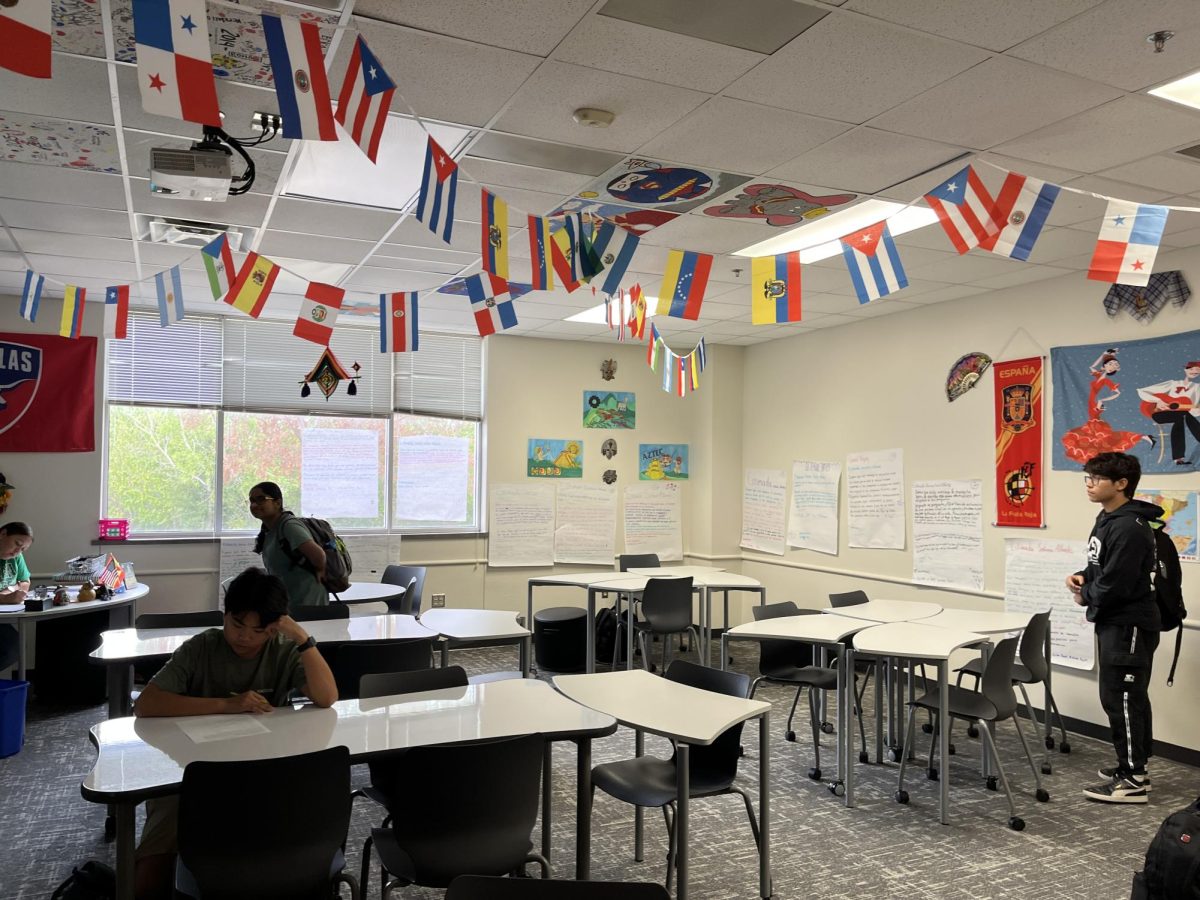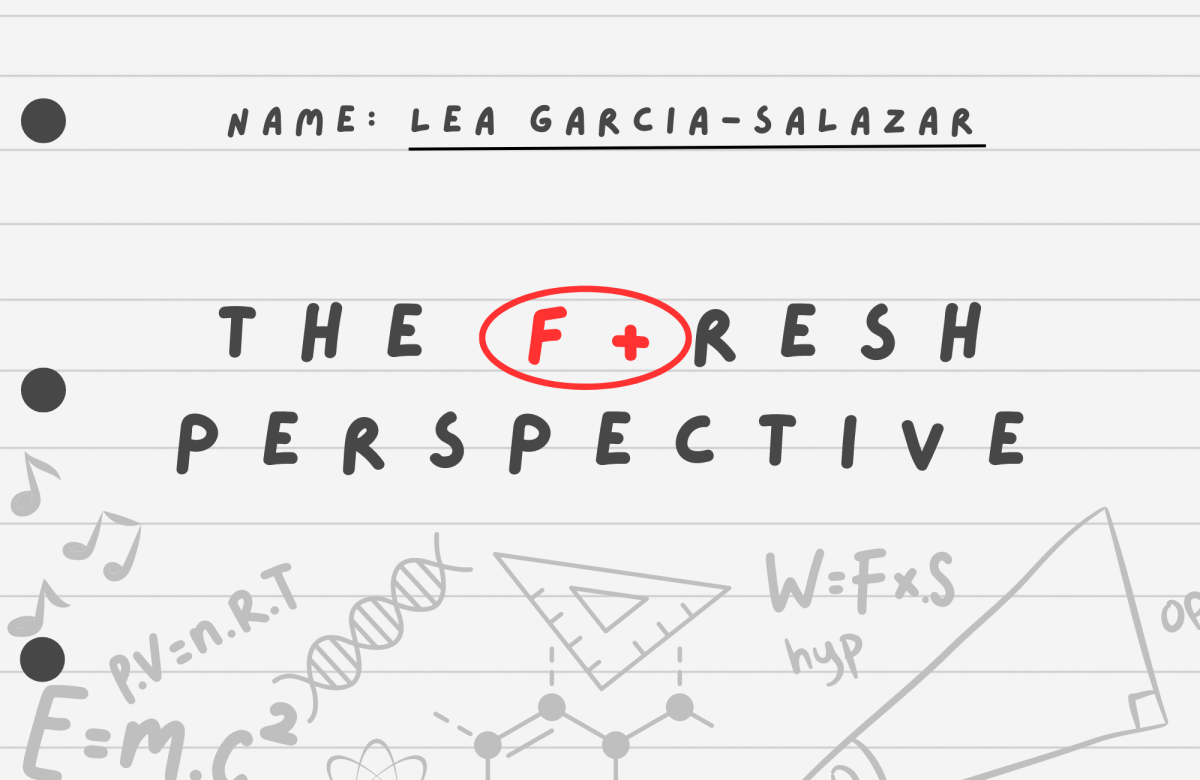Foreign language learning is described as learning a non-native language outside of the environment in which it is commonly spoken. Frisco ISD offers Spanish, French, Mandarin Chinese, and American Sign Language (ASL) as part of its World Languages program.
In order to graduate, students must receive at least 2 credits in the same language. This can be done through taking the courses or through Avant Assessments. Avant Assessments offers students that are partly or fully fluent in a language other than English to earn up to four years of credits via a single assessment.
Learning a foreign language is beneficial for students since it helps train the brain allowing for quicker memorization and focus. Foreign language learning helps students understand their own cultures and broadens students’ perspectives on the world. In an increasingly interconnected world with prominent cultural diversity, proficiency in more than one language serves as the main way to communicate with many people and offer new opportunities in the workforce.
A major study regarding language learning was conducted by Harvard and MIT. This study concluded that children are capable of learning the grammar of a language up to the age of seventeen or eighteen. However, the study also demonstrated that it is nearly impossible for people to achieve a proficiency level similar to that of a native speaker unless they start learning the language before the age of ten.
Currently, FISD only offers foreign language courses starting in 7th grade unless students attend either Christie or Carroll Elementary (PreK-5th).
Foreign language learning beginning in the 7th grade (12-13 years old) doesn’t provide someone with enough time to achieve a high proficiency level. The main reason people begin to learn a foreign language is to be able to apply their knowledge and benefit from opportunities in various fields. Since the language learning courses offered at FISD are taught later, it is nearly impossible for students to reach the proficiency level of a native speaker even if they continue taking the class throughout their high school career.
20% of American K-12 students learn a foreign language compared to a median 92% of students from European countries. The U.S. has a varying emphasis on the importance of foreign language learning compared to the mandatory study of a second language in European schools.
Since language learning classes are required, there is a higher chance of large classroom sizes (specifically for the first two courses). Large classes often reduce a teacher’s ability to have one-on-one communication in the target language and limit the amount of crucial feedback students receive.
Another problem with language learning in schooling is its format. Languages are taught as a subject to study instead of as a skill that takes time to develop. Foreign languages are taught in a memorize-and-recall method which leaves little room for proper comprehension. The current method of foreign language instruction does not help students grasp the language completely or apply the concept learned in a different way.
Although language learning is beneficial, substantial changes need to be made to the way it is taught in schools. Foreign language instruction needs to begin at an earlier age in order for students to achieve a similar level of proficiency as native speakers. The format of instruction also has to be changed by decreasing classroom sizes allowing for better feedback and communication as well as proper comprehension and applicability of the language.










